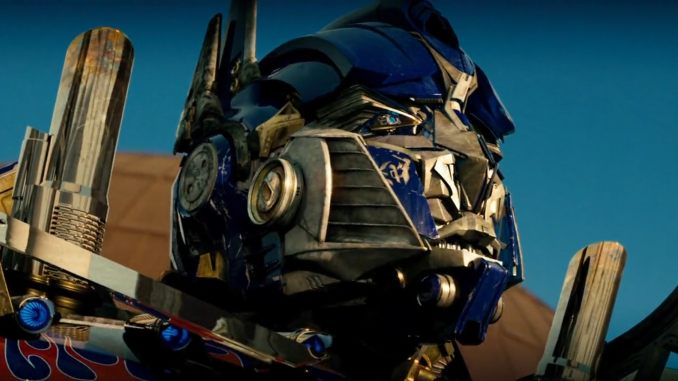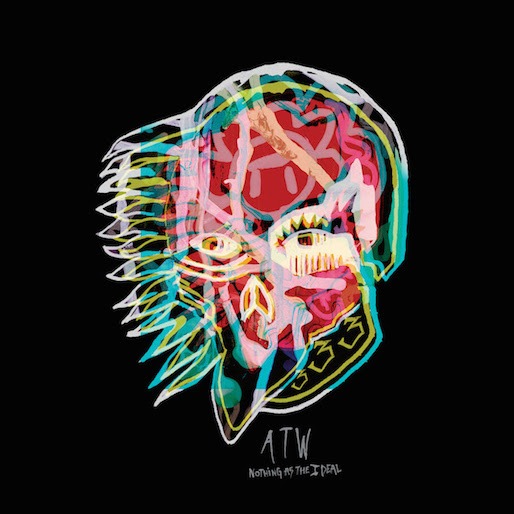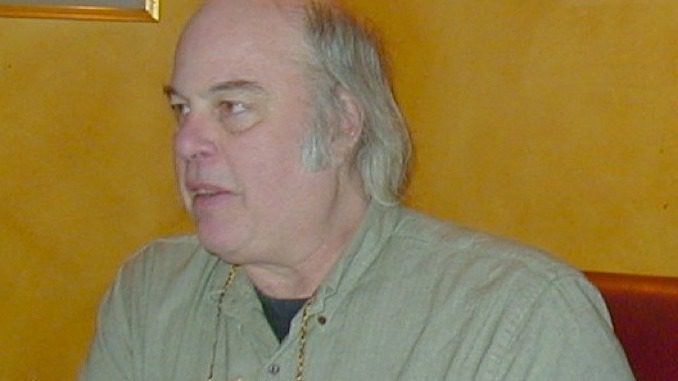The Transformers series is a lot of things. It’s a blockbuster action series with humor heavily based in stereotypes and sexism. It’s a testament to how many wild historical revisions you can put into a movie—did you know that Neil Armstrong and Buzz Aldrin were actually on the Moon to see a crashed Transformer? It’s a genuinely amazing display of practical effects, interesting transformations and explosions…and also some less-than-great CGI. But it’s also a movie with a heartfelt score that most clearly portrays the film’s point, or at least what the point should be: Alien robots are cool.
Michael Bay’s Transformers series began 15 years ago, with a story following Sam Witwicky (Shia LeBoeuf), whose great-great-grandfather’s glasses hold the secret location of the AllSpark or the “Cube”—a power source that can transform objects into the morphing alien robots. Now, Transformers both good and bad are trying to grab them from him. We also get to know the story of the Transformers themselves: The Autobots, led by Optimus Prime (Peter Cullen), are the good ones trying to protect humanity, while Megatron (Hugo Weaving) and the Decepticons are trying to destroy them both. It’s a messy movie, and the attempt to connect the story of alien war to human conflict is lost in the mammoth runtime, but Transformers has some genuineness imparted to it by its score.
Steve Jablonsky, other than having an objectively cool name, has scored all five of the live-action Transformers movies (excluding 2018’s Bumblebee, which was passed off to Dario Marianelli, king of the 2005 Pride and Prejudice score). His work shows up primarily in action movies including Battleship, Lone Survivor and Ender’s Game, and he has scored seven of Bay’s movies, beginning with The Island. Here, Jablonsky gives the best themes to the Autobots themselves, making these unique heroic melodies stand from the rest of the score.
Part of the score’s charm is the reliance on strings. There are some movies where harder, rock sounds in a heroic theme are fitting—see Man of Steel, scored by Hans Zimmer who also helped compose for Transformers. But, there’s a quieter strength to using strings, and that’s what the Autobots embody in these movies: Powerful, ageless gods who could kill you just by stepping on you, but who will fight to the death to protect you. As someone who played in a string orchestra throughout high school, there is an undeniable power of many people pulling their bows across the strings in sync. And still, these long, loud, powerful notes need to be controlled with a gentle and precise bow grip and a knowledge of the people around you. When you’re playing like this, you feel not only like you can do absolutely anything, but that you are completely in control and secure.
The best use of this gentle strength is in “Optimus,” the theme that typically comes up when the character makes an impassioned speech about why humanity is good, actually. First, the melody is picked up by a flute, airy and light over the rumbling lower instruments. Strings and horns come in next, giving the melody some more power as a choir also joins in. Later, percussion gives the song a moving beat, giving a tone of anticipation with full confidence in victory. This is what the leader of the good guys should sound like, according to Jablonsky: Strong, confident strength, by character and not by sheer violence or force (which, considering what Optimus gets up to in later movies, may not be completely correct).
That’s not to say that this film completely shies away from giving the horns and the choir a starring role. The score’s first track, “Autobots,” is the first thing we hear; it’s the track that makes up the tone of this new franchise, and it sets the movie up to be a dramatic, hopeful epic of perseverance despite all odds. The strings keep the time, constantly chugging along, giving the piece a sense of movement and constant vigilance, like danger could appear at any time. Then the horns come in with the main theme: Triumphant, bold, but still gentle and restrained in its strength. Hearing the choir, here in a hopeful melody and not in an ominous chant, gives the sense that these aliens have been alive for a long time and won’t be going anywhere soon. It’s a battle cry, persisting against the embodiment of evil in the Decepticons and the disembodied coldness of space.
The weakest parts of the score are the ones focusing on Sam and his journey. It’s not that the sound is bad, just generic, which is the worst thing that a Transformers movie can be (I write this as a proud defender of The Last Knight). The staccato notes and coffeeshop stylings of tracks like “Sam at the Lake” are too familiar, and while they do their job of making the human-centered drama of Sam trying to “get the girl” feel like the lighthearted cousin to intergalactic war, it doesn’t stand out. The best themes are given to the Transformers themselves, which once again hammers home that alien robots are cool.
I give kudos, though, to the restraint shown during some of the Transformer-on-Transformer fight scenes. Many don’t have any score playing at all, allowing the audience to hear metal clanking against metal. You don’t need to hear anything else to tell a complete story: At that moment, hearing two giant robots fight is enough on its own.
“Arrival to Earth,” the most popular track on the album (according to Spotify), is the best example of the absolute wonder that audiences are meant to feel when seeing these aliens. Sam’s Transformer guardian Bumblebee has called the other Autobots to Earth, and as five comets hurtle through the atmosphere, strong strings denote that readiness to fight and confidence of winning. There’s still some strings in the background chugging along, keeping the theme’s energy up as the comets fly over Sam and longtime crush Mikayla (Megan Fox). Staring in awe at the sky, the pair are mimicking the emotion we feel as audiences. What they feel, we hear.
The comets strike the Earth with a thud, and as the aliens emerge from their ships, the score climbs up little by little, finally releasing its anticipation into an even louder and stronger version of the initial melody. One lands in a pool, and as it exits to see a little girl who thinks that the giant robot is the tooth fairy(?), the score switches to an a capella choir, driving home the gentleness that these incredibly large and powerful beings exude (or, at least, are supposed to exude…the gratuitous violence ramps up in the later movies). It will never not be funny to show regular cars driving up to Sam and Mikayla with the same dramatic tone as the fully-formed robots, but we aren’t left without them for too long, as the vehicles seamlessly turn into their true selves while the theme from “Autobots” plays.
This synergy between screen and sound can make or break a song, even ones I like on their own. “Tessa” from Transformers: Age of Extinction is a great example of a song that builds upon itself and gets better every repeat. What is not great is its integration into the movie. It just doesn’t work. While hearing the voice of Imagine Dragons’ Dan Reynolds is great when listening to the track on its own, it’s really strange to hear it on its own coming out of nowhere in the film. But hey, Transformers had its flaws in that area as well, with several instances of the score doing a trailer-esque whoosh to connote something idiosyncratic, like John Turturro confirming to the kids that yes, Transformers do actually exist.
The song itself is a beautifully simple melody that gets louder and stronger, with string instruments gradually joining in with an underbeat that brings it out of ethereal wonder to motivational power. Reynolds gives each “ooo” some distinct character, and I think I might have the cadence memorized in case I ever want to give a strange pub karaoke performance. He goes from peaceful, to almost a war cry before bringing it back down again to finish the song. It’s moody—perhaps too moody for Transformers: Age of Extinction, the franchise’s longest and my least favorite. I’m not willing to discount that it’s my fault, as I had listened to the track on repeat many times before ever seeing the movie, and therefore may have had different expectations.
Where “Tessa” may fall short, though, tracks like “Arrival to Earth” and “Autobots” do not. A great film score can’t just work on its own. “Tessa” works as a song, but not as a part of the film. Film scores need to find that delicate balance of working with the visuals to tell a story, and sometimes that means taking a step back when needed. They need to be good both on their own and as part of the original story, and that’s where these tracks shine. Memorable music is one thing, but memorable music that also aligns with the themes of the film? That’s something that will stand the test of time, 15 years after Transformers’ release and beyond.
Catie McCarthy is a geography student, knitter, and film score connoisseur who is still holding out hope for another season of Timeless. She has written for The Dartmouth and The Daily Fandom. Talk to her about Moonfall on Twitter.




